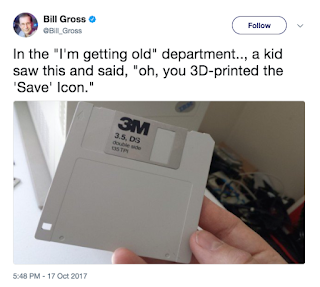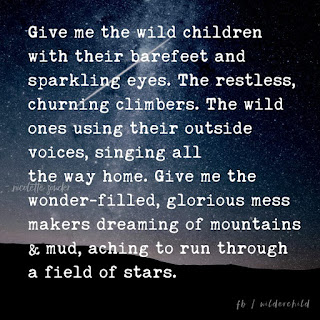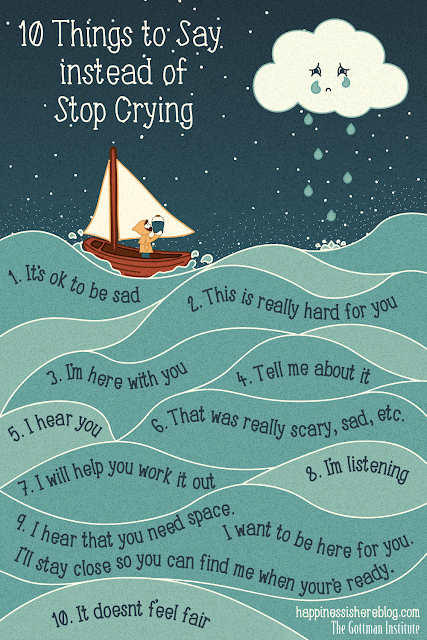Another mass shooting occurred. As expected, the news feeds filled with conversation about gun safety. It is a heated topic, one that is political and often gets brushed under the rug before anything really informative sees the light of day. I see rants on both sides but very little practical advice for parents who are concerned but don't know what to do.
Here is my attempt at starting a conversation about how to talk about gun safety with your children and their friends' parents.
1. Put on your apolitical hat.
Talking about firearms is about safety.
It isn't about the right to bear arms.
It isn't about past tragedies.
It is about keeping everyone safe.
2. Educate your child
Have an open and honest conversation about firearms.
Define what is a firearm. It is a tool for killing. They are used for sport or in self-defense.
Discuss
what your child should do if they see a firearm:
- Stop
- Don't Touch
- Run Away
- Tell an Adult
3. Do not depend entirely on the child to keep himself or herself safe
Children are learning. They are sometimes impulsive and often ill-equipped to always make the right decision. In the case of gun safety, educating children is only a piece of the puzzle.
We also have to take on the
responsibility ourselves as parents and caregivers.
But how?
4. Be the first-to-invite.
When your child makes a friend and asks to have them over say, "Yes!" It gives you the opportunity to lead by example.
If your pint-sized guest will be dropped off then treat firearm safety as standard operating procedure. When you run through the logistics, include it:
"Thanks! My daughter/son is excited to play with your daughter/son. Where should we meet? We would be happy to have you to our home. We own ___ firearms. [They are all disassembled and locked in a
safe in the garage.] We have ___ as pets. Does anyone in your family have allergies? I just made a batch of peanut butter cookies. Are there any food sensitivities I should know about?
...
If you would be more comfortable meeting at a playground then that would be great, too."
5. When your child is invited to someone's house
"Thanks for inviting my kiddo over to play. Before I accept the invitation, can you tell me if you have firearms in the house?
...
How many? Where are they? Could you show them to me before I leave?
...
Awesome. Thanks! I'm glad we could talk about this openly and honestly."
If the answers make you uncomfortable, then you could politely decline the invitation to their home. But offer an alternative! Suggest meeting at a playground, the library, or some other neutral ground.
"Thank you for your honesty. I would feel more comfortable if we just met at a playground. Where does your child like to play?"
--
Unintentional injuries are the
leading cause of death for children.
Making safe spaces for them to explore and play freely is as important in early childhood and adolescence as it is in
infancy. It includes locking medicine cabinets, keeping the kitchen safe, and, yes, guns out of reach. It also includes having open conversations about hard topics....made even harder by political and personal convictions. But just because it is hard does not mean that we don't have to do it.
--
Note: My family does not own guns. I wrote this to the best of my ability with my apolitical hat on. If I linked to an article that offended you then please accept my apology. This is my best effort to help us all keep our children safe.













